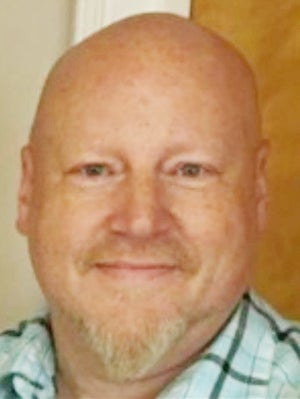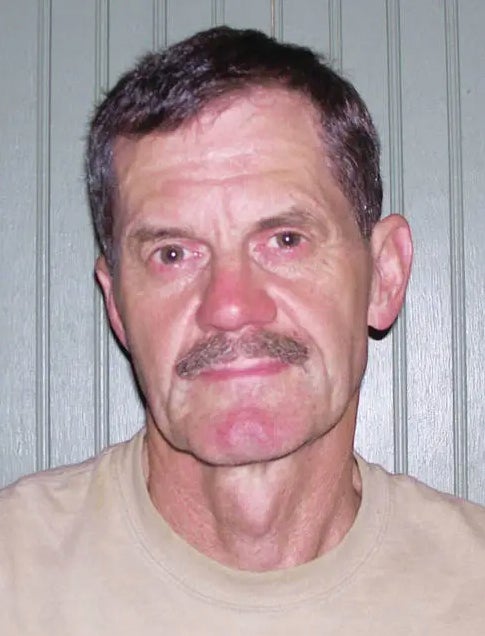KOUTOULAS: Remembering the eclipse of 2017
Published 12:37 pm Friday, August 21, 2020

- Pete Koutoulas
|
Getting your Trinity Audio player ready...
|
Today marks the third anniversary of the solar eclipse of 2017. That event was visible in its totality within a broad swath of Western Kentucky. What follows is a condensed version of a longer piece I wrote at the time about my experience of the eclipse.
When I was in ninth grade, I took an Earth space science class. I remember learning about eclipses and how they work. I became obsessed with witnessing a total solar eclipse.
I researched future eclipses and was dismayed to learn that the next total eclipse visible in Kentucky wouldn’t take place until Aug. 21, 2017.
It was 1976, and I was 15 years old. The year 2017 might as well have been in the 24th century.
I did some quick adding in my head and realized that I would be — good grief! — 55 years old on that day.
I wondered if I’d still be alive or if I’d be too old and feeble to manage to get to a place to observe totality.
Three years ago, when I told people that I’d been looking forward to this event for 41 years, they looked at me like I was crazy. But it was true.
And eventually, that glorious day arrived. I felt good for a feeble old man. I was pretty sure I could still do this.
On day zero, my wife, Jennifer, and I awakened early, like we always do on Monday mornings.
The plan was to get to Hopkinsville, which was near the centerline of totality.
When we arrived, we decided to go downtown and take in the circus atmosphere. The streets were lined with people — most there from out of town to witness the event, many others trying to make a buck by selling souvenirs, parking spaces and food. We got out in a hurry and headed to the countryside.
We found a quiet two-lane road a couple of miles from town and spotted a small gravel lot where about a dozen or so people had stopped. It was just a few minutes into the eclipse, so we had plenty of time to take it easy, talk to some of the other folks and enjoy the show.
I occupied myself by snapping a few photos with my phone and looking up at the sun through eclipse glasses to check on the progress as the moon moved slowly in front of the sun.
When the sun was about 75 percent obscured, we began to notice a change in the daylight. It was eerie and surreal. This is something that even those in the partial path notice as well. Sunlight looks oddly different — the effect is not quite like day and not quite night. It’s a dimmer, more diffuse light. It has a bluish hue.
About five minutes or so before totality, we noticed a dreamlike quality to everything around us. Shadows seemed sharper. The temperature had dropped noticeably. The small band of observers, including us, had stopped chattering and just looked around in awe. It seemed to me that all of nature had paused to take note of the strange goings-on.
Totality happened suddenly — the encroaching moon finally reached the maximum coverage point and the sun went black.
We knew we only had about two minutes to take in the cosmic spectacle, and we made every second count. We first fixed our gaze to the horizons, at what appeared to be a 360-degree sunset. In every direction, the sky at the horizon was ablaze in pinkish-red light. Further up in the sky, stars began to appear.
Finally, we looked back at the spot where the sun had been seconds before and saw the most incredible sight of our lives. Where the sun should have been, there was nothing but a velvet-black disk, surrounded by the softly blazing white glow of the sun’s corona.
I had seen pictures of this and thought I was prepared, but I was not at all emotionally ready for that moment. I don’t mind admitting that I choked up.
There were gasps of excitement from us and those nearby, but we all quickly became quiet, entirely transfixed at the scene before our eyes. Even the birds stopped singing.
Jen and I stood mesmerized, our arms intertwined, encountering the most spiritual experience of our lifetimes.
And then it was over.
As soon as the tiny sliver of sunlight reappeared on the opposite side of the moon, abruptly dim daylight returned and the entire event began to replay itself in reverse order.
I was more than a little surprised as I reflected on the emotional impact totality had on me.
Despite my knowing exactly what was going to happen, there was a feeling of exuberance tinged with a bit of primal fear as I had watched the sun being swallowed up by the moon.
It occurred to me that this was the reaction of a 21st-century man, armed as I was with knowledge and tools unimaginable just a century or two ago.
Imagine what must have gone through the minds of our ancient Paleolithic forebears at such a spectacle. They had no modern technology, little information about eclipses, no foreknowledge at all of such events.
For most of them, it would have been a once-in-a-lifetime event. They must have been struck with sheer terror, seeing the source of their light, heat and energy being swallowed up by some unseen object or entity.
As I thought about my personal, visceral reaction to the eclipse, I felt a bit of kinship with them.
I was reminded that we are essentially the same people they were — despite all our knowledge and technology. Physiologically, we are identical.
I think the feelings of awe and wonder that I felt that day connected me with them in ways I cannot fathom nor explain.
This is what it is to be human.
Pete Koutoulas is an IT professional working in Lexington. He and his wife have resided in Winchester since 2015. Pete can be reached at pete@koutoulas.me or follow him on Facebook at fb.me/PeteTheSun.





